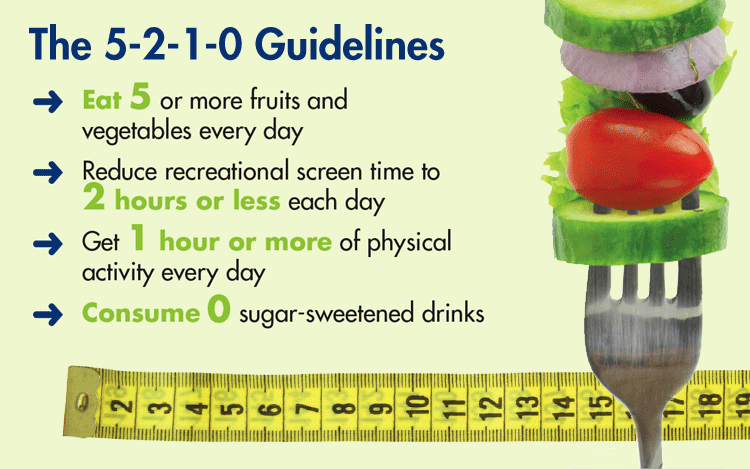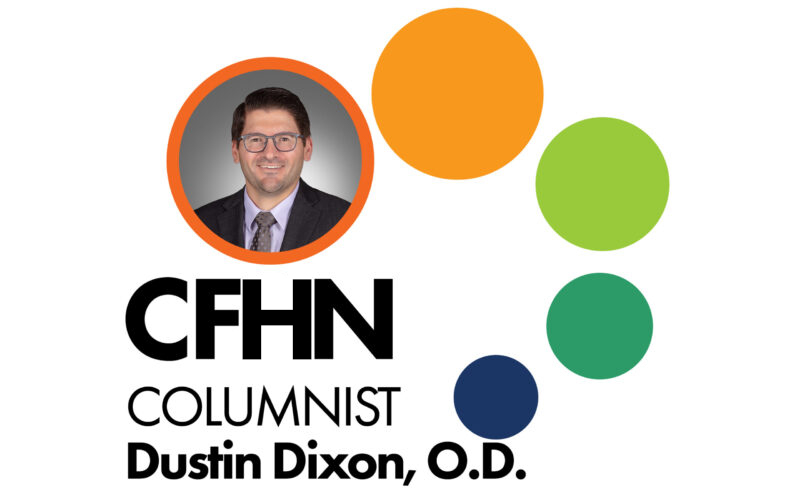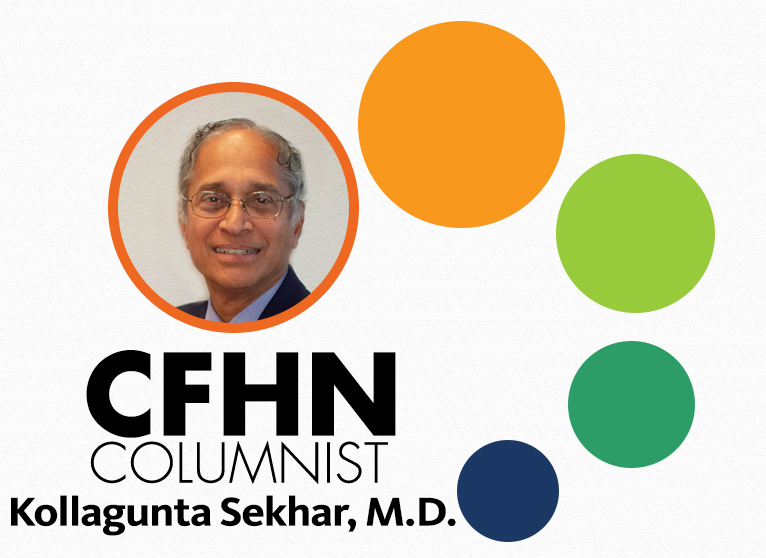
Health News
Features
-
Medical Advice: Reminders during National Nutrition Month
IN MARCH, we mark the end of winter and the start of spring. It is also the time when we celebrate National Nutrition Month and turn our focus to healthy eating.
-
Debunking the myths of stroke
A STROKE or transient ischemic attack (TIA), also referred to as a “mini-stroke,” occurs when a blood vessel feeding the brain gets clogged or bursts. Neither that part of the brain nor the part of the body it controls can then function properly. The Bcenter (also known as Global Stroke Resource Center), a Central Florida…
-
Turning the tide of tooth decay with proper pediatric dental care
| Teaching healthy habits to children now prevents oral health problems later | MANY OF US EXPECT cavities if we neglect brushing our teeth. But we may not recognize how oral health affects our overall health. “The mouth can be a very dirty place. In a healthy individual, our immune system is able to kind…
Columns
-
Halloween Eye Safety
Knock knock…trick or treat… A lot of your neighbors might be tempted to choose trick over treat during COVID Halloween 2020. If you plan to partake in the Halloween festivities of 2020, please do so with a clear vision of safety. The following are some of my pointers to observe good Halloween safety. If you…
-
A Closer Look at Cryptogenic Stroke
A cryptogenic stroke (CS) is defined as cerebral ischemia of obscure or unknown origin. The cause of CS remains undetermined because the event is transitory or reversible, investigations did not look for all possible causes, or because some causes truly remain unknown. One third of the ischemic strokes are cryptogenic. Cryptogenic stroke is a diagnosis…
-
HOW DID I GET THIS STYE?
Medically a stye is called a hordeolum. If we look at the eyelid’s anatomy, particularly the lid margin, you will find the lashes, and beside the lashes is the opening of our Meibomian glands. The Meibomian glands are the hard embedded plates that you can feel in both the upper and lower lids. The Meibomian…





